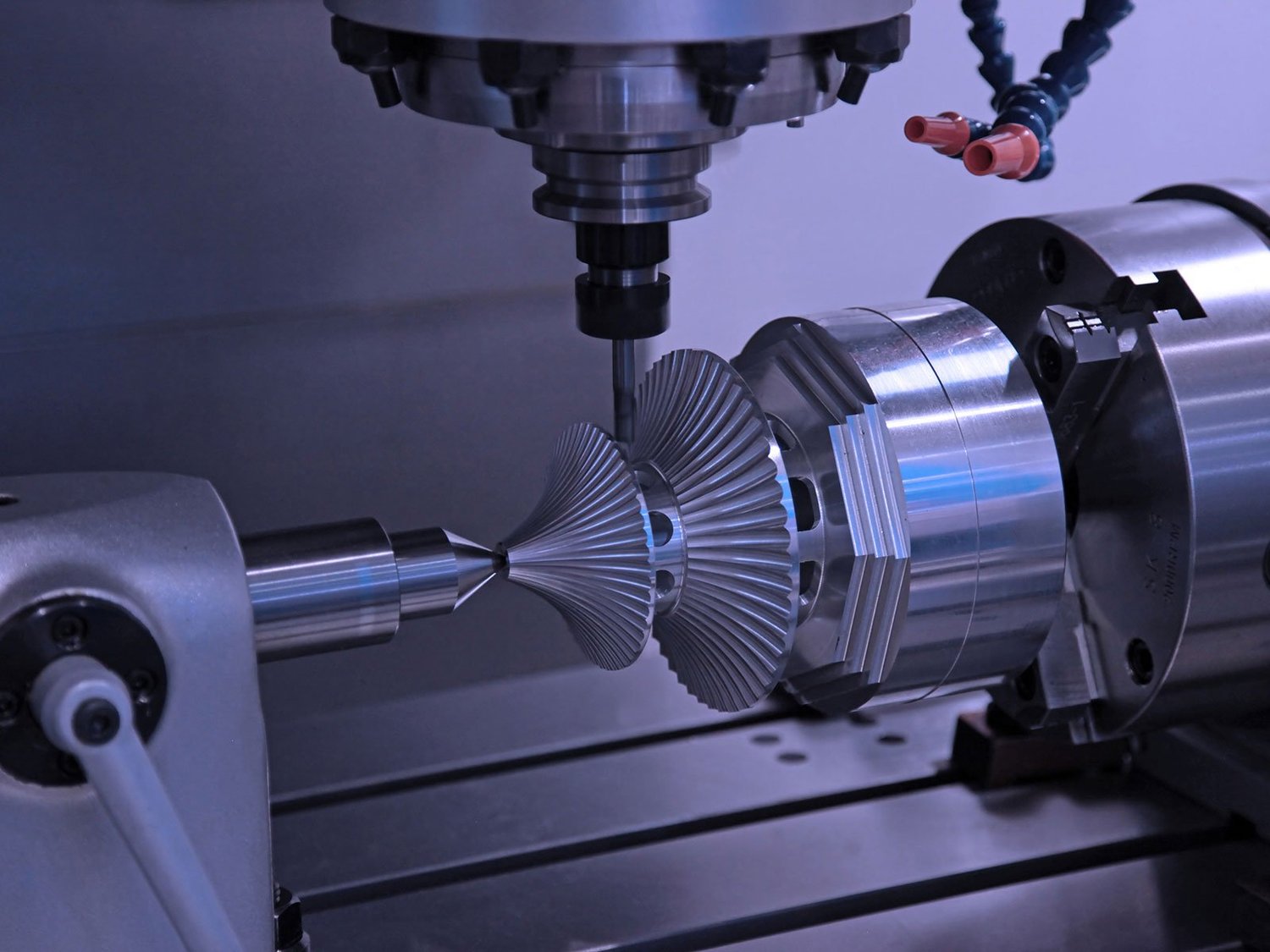Advancements in CNC Machining Technology: Exploring the Latest Innovations
With the rapid advancement of technology, CNC machining has witnessed significant breakthroughs in recent years. This article delves into the latest advancements in CNC machining technology, highlighting the key innovations that are revolutionizing various industries. From increased precision to enhanced automation, these advancements are set to reshape the manufacturing landscape. Let's explore the cutting-edge developments in CNC machining and their potential impact.
1. Enhanced Precision: Pushing the Boundaries of Accuracy
Precision has always been a critical aspect of CNC machining, and recent advancements have taken it to new heights. With the integration of advanced sensors and real-time monitoring systems, CNC machines now offer unprecedented accuracy. This enables manufacturers to produce intricate and complex parts with minimal errors, leading to improved product quality and customer satisfaction.
2. Improved Speed and Efficiency: Optimizing Production Processes
Advancements in CNC machining technology have significantly enhanced speed and efficiency. Modern CNC machines are equipped with faster processors, allowing for quicker calculations and faster execution of commands. Moreover, the integration of advanced algorithms and optimization techniques has led to more efficient tool paths, reducing machining time and maximizing productivity.
3. Advanced Materials: Expanding Possibilities
The latest advancements in CNC machining technology have opened up new opportunities for working with a wide range of materials. Traditionally, CNC machining was primarily associated with metals, but now it can handle materials like composites, ceramics, and even exotic alloys. This versatility enables manufacturers to explore innovative designs and push the boundaries of material usage.
4. Automation and Robotics: Streamlining Manufacturing Processes
Automation has been a game-changer in CNC machining, and recent advancements have taken it to new heights. The integration of robotics and artificial intelligence (AI) has revolutionized manufacturing processes. CNC machines can now operate autonomously, performing complex tasks with minimal human intervention. This not only increases production efficiency but also reduces the risk of errors and accidents.
5. Smaller Footprint: Space-Efficient Solutions
Advancements in CNC machining technology have led to the development of compact and space-efficient machines. Miniaturization of components and advancements in control systems have allowed manufacturers to create CNC machines with smaller footprints. This is particularly beneficial for small-scale operations or industries with limited space, enabling them to leverage the power of CNC machining without compromising on floor space.
6. Integration of IoT: Connecting the Manufacturing Ecosystem
The Internet of Things (IoT) has permeated various industries, and CNC machining is no exception. The integration of IoT in CNC machines enables real-time monitoring, remote diagnostics, and predictive maintenance. This connectivity streamlines the manufacturing ecosystem, allowing manufacturers to identify and address issues proactively, leading to reduced downtime and increased operational efficiency.
7. Digital Twin Technology: Simulating Real-World Scenarios
Digital twin technology has gained prominence in CNC machining, enabling manufacturers to create virtual replicas of their machines and production processes. By simulating real-world scenarios, manufacturers can optimize tool paths, predict potential issues, and perform virtual testing. This not only saves time and resources but also minimizes the risk of errors and enhances overall productivity.
8. Additive Manufacturing Integration: Combining the Best of Both Worlds
CNC machining and additive manufacturing have long been viewed as complementary technologies. Recent advancements have made it easier than ever to integrate these two processes, allowing manufacturers to combine the precision of CNC machining with the design flexibility of additive manufacturing. This integration opens up new possibilities for creating complex, functional parts with intricate geometries.
9. Machine Learning and AI: Optimizing Performance
The integration of machine learning and artificial intelligence (AI) algorithms in CNC machining has revolutionized performance optimization. These technologies enable CNC machines to learn from past experiences, adapt to changing conditions, and optimize machining parameters for improved efficiency and quality. With AI-powered algorithms, manufacturers can achieve higher accuracy, faster machining, and reduced energy consumption.
10. Augmented Reality (AR) Assistance: Enhancing Operator Experience
Advancements in CNC machining technology have also extended to the operator experience. The integration of augmented reality (AR) in CNC machines provides operators with real-time visual guidance and instructions, simplifying complex tasks and reducing human error. AR assistance enhances the operator's efficiency, accuracy, and overall productivity.

